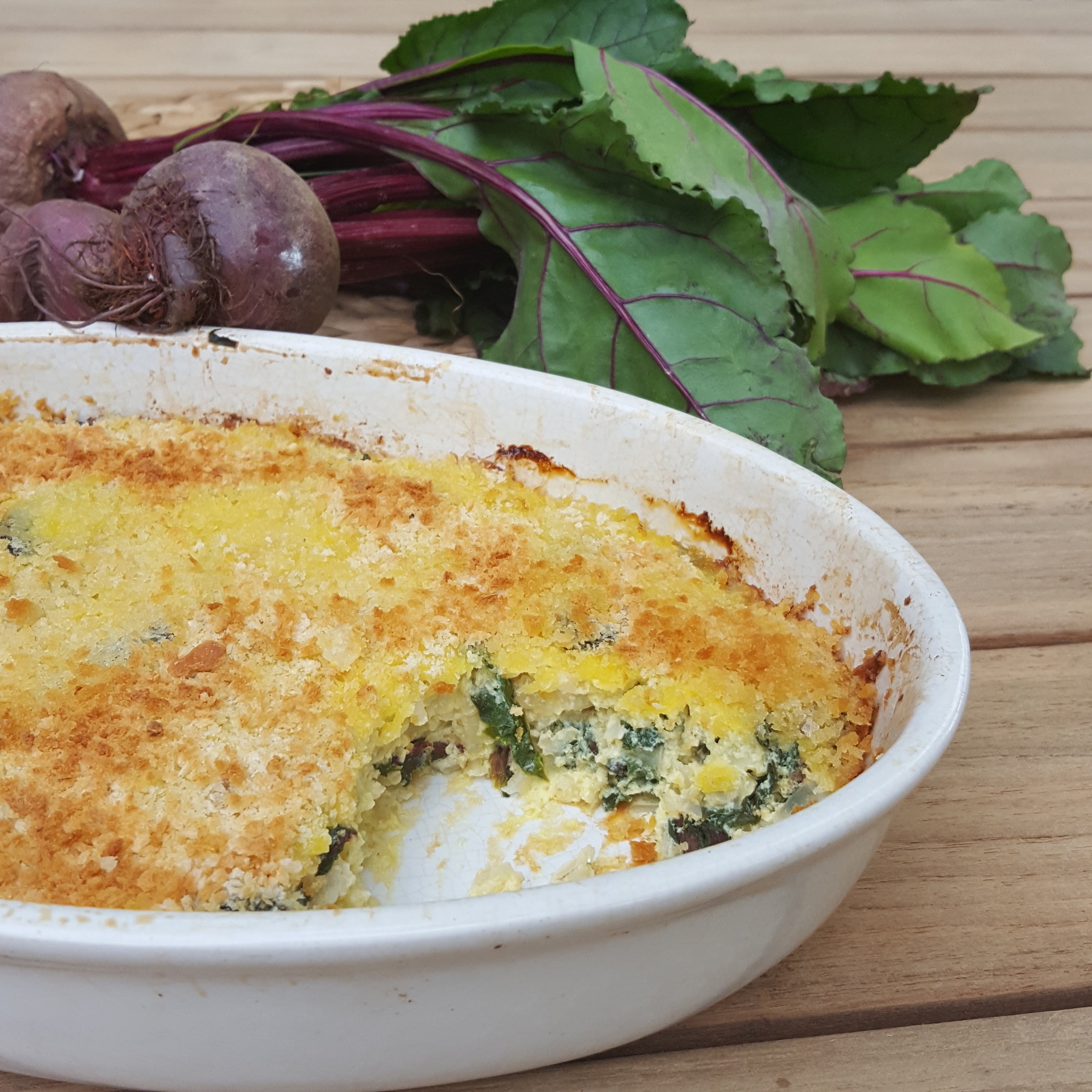By Jay Youmans CWE, MW
Walk into any wine shop this spring and you are likely to encounter dozens of eye-catching bottles of pink wine, standing out like flowers in a garden. This is the season for rosé, but is this a light red wine, a white wine or something in between? Besides color, how does rosé differ from other wines?
Rosé has become quite trendy, but this is a style of wine has been around thousands of years. Wine consumed by the Greeks and Romans more closely resembled a dark rosé than a contemporary version of red or white wine. Roman aristocrats preferred drinking softer rosé, leaving the darker, bitter red wine for the lower classes. During the Middle Ages, Clairet from Bordeaux was the wine of the English, but this was not an opaque red wine, it was a rosé.
Rosé can be made from virtually any combination of grapes, but the flavor and color are derived from the red grapes used. The juice and pulp of most red grapes is clear. In order to make a red wine, color must be extracted from the skins during fermentation. Rosé is essentially a light red wine with less extraction from skins, and it is better defined by winemaking practices than any particular grape variety, or region. There are several ways to make rosé:
1) Direct Press—This involves gently pressing whole clusters of red grapes to extract the juice. This technique is regarded as creating the most delicate and palest rosé. Much of the rosé from the Cotes de Provence, France, is produced in this manner.
2) Bleeding (or Saignée) or Maceration—These techniques involve draining juice off of the skins after 12 to 48 hours, depending on the desired color. Examples include Marsanay Rosé, and Tavel. Detractors maintain these wines are less delicate and often have a touch of bitterness.
3) Blending—While not permitted in countries such as France, many New World countries such as the United States do allow red and white wine to be blended. In reality, winemakers will commonly use a combination of these techniques.
Today the fashion is for dry rosé, but back in the 1960s this category was dominated by sweet Portuguese wines such as Lancers and Mateus. Then, in the mid-’70s, California White Zinfandels from Sutter Home and Beringer continued the dominance of sweet plonk. The White Zinfandel craze has slowly fizzled out and today accounts for much less space on retail shelves.
Premium dry rosé has become one of the most dynamic segments of the wine business. During 2016, sales of all wine (red and white) in the U.S. grew a mere 2%, while sales of imported rosé increased an impressive 55%; and over the past 12 years “the premium imported rosé category has grown at double-digit rates each year,” according to Nielson Data.
Nearly every wine-producing country makes a version of rosé, but France is the largest producer in the world. France actually produces more rosé than white wine; it is also the largest consumer of rosé. The U.S. is the third-largest producer, Italy is second, but the U.S. is now the second-largest consumer of rosé in the world, according to Euromonitor International. Nearly 25% of the rosé imported into the U.S. is from Cotes de Provence, France.
The success of rosé is due to a number of factors. Rosé is fun wine. It conjures visions of the beach and dining al fresco. Dry rosé strikes the right balance between ripe fruit, citrus and melon notes, without being too acidic. It is unpretentious, affordable and extremely food friendly. It is seldom discussed in terms of wine ratings, medals or critic’s scores.
Shopping for rosé is less about vintages and potential aging and more to do with freshness and immediate drinkability. So when shopping for rosé, stick with recent vintages such as 2017, 2016 or 2015. Anything older you should generally avoid. A few rosés can age and develop but most will not.
While rosé has been traditionally a seasonal beverage consumed during the hottest months of summer, these days rosé is guzzled year round. Remember that darker rosés have more texture, flavor and complexity, but can have more bitterness as well. The paler versions are more often more delicate in flavor and texture. You can serve rosé ice cold, but more flavor will emerge when served at 50–55°F.
Most rosé is priced between $10 and $35. There are more expensive versions on the market, but they are not discernibly better in quality. Some incredible rosé is being produced in Virginia and Maryland. Many of these wines are made with a combination of direct press, maceration and saignée. Producers are working hard to grow their production to keep up with demand. Matt Brown, wine club manager at King Family Vineyards, told me that they made 1,600 cases of their 2015 Crosé, 2,000 of the 2016 and this year they hope to make 2,500. Despite this, they tend to run out in September or early October.





















